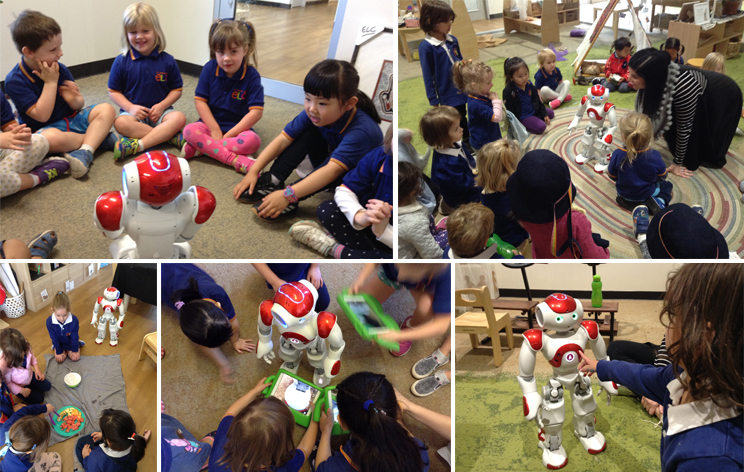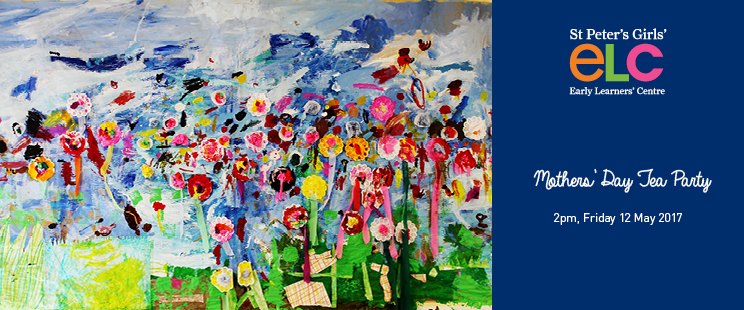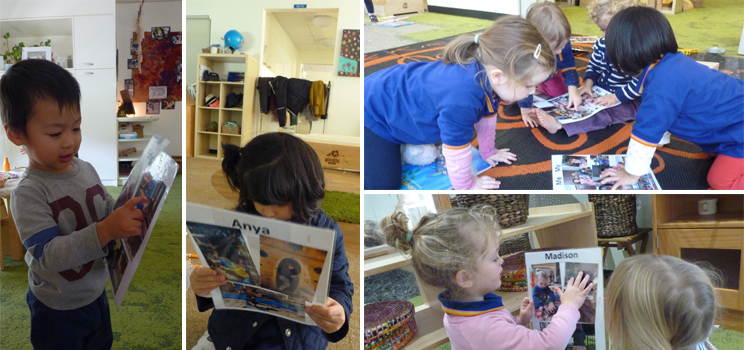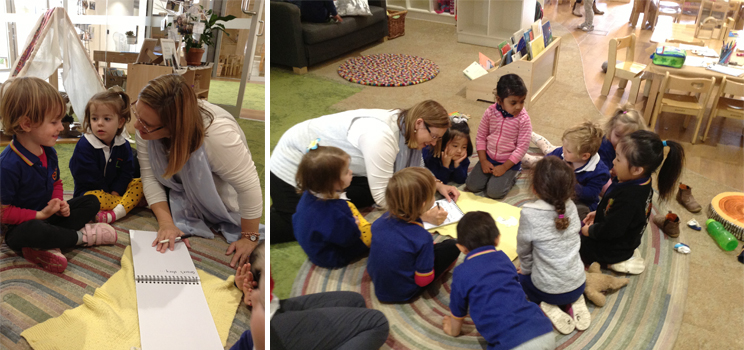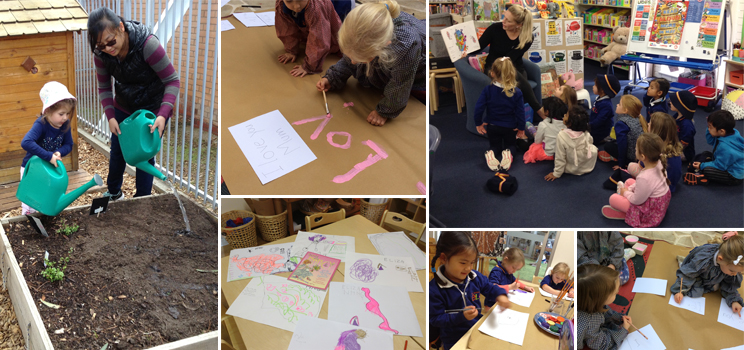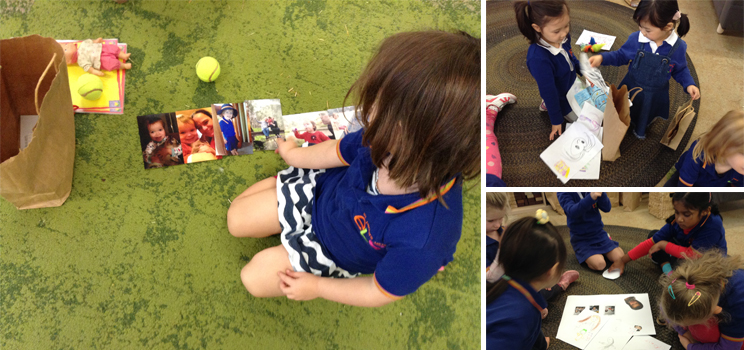From the Director of Early Learning
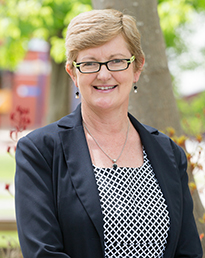 Dear Families,
Dear Families,
A year ago I was invited to be part of an intimate group of Early Childhood leaders from across the country as far as Carnarvon in the west, Hobart in the south and Darwin in the north. We met on the Sunshine Coast for an intensive week in May 2016 forming a strong bond of purpose to enrich the lives of all children – every teacher, every child, every day.
As a group we were empowered to take our learning to our teams and challenge the thinking around how children are viewed and whether our practice matched our image of child. Our leaders, Professor Deborah Harcourt and Vivienne Walsh were committed to offering a different style of professional learning that moved beyond the delivery of information to the thinking – the deep thinking that is required if we really want to make a difference.
I had the absolute privilege of working for the past 12 months with my dedicated ELC teachers and educators as I took them on a journey of challenge, change and justification of practice. I then had to share this with my national group earlier this month as we reunited on the Sunshine Coast with Professor Alma Fleet as our critical friend. There was rich analysis of practice and strategies that have been used across our sectors to build shared, sustained thinking.
The difference in this model of professional learning is that we are developing new ways of thinking over time, collaborating with our teams whilst continually challenging the accepted thinking that is associated with early years’ education. The School has invested wisely as I have actively involved my team and taken their voices and research to the national group. I am thinking about better ways of doing things, not doing things because it is the way things have always been done. Creative, critical thinking is required if we are being responsible for educating the children of the next generation. We must question our practices of control, of predetermined understandings about how children learn and of the image of early years’ settings as being a place for lovely play. We must make it clear that our work in the early years is instrumental in the life of the child and then the adult that they become.
I would love the opportunity to share with you in more detail information regarding our Professional Learning across the centre.
Transition to School
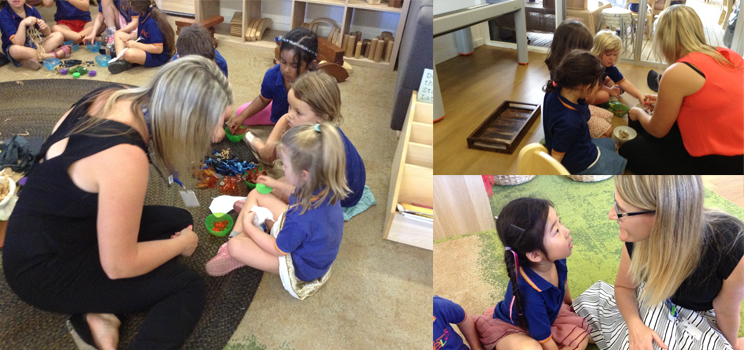
At St Peter’s Girls we focus on all of our transitions between sub-schools, recognising that, for many students, these can be challenging times as girls and their families embark on the next chapter of their School life. In the ELC and Reception years we have initiated an exciting new concept of regular teacher swapping. This involves our Hallett Room teacher, Mrs Reid, going up to Reception for a lesson to enable a Reception teacher, either Mrs Davies or Mrs Liddy, to come to the Hallett Room and team-teach a group of students with Mrs Porplycia. We commenced this practice early in Term 1 and have continued it, building mutual understandings about our learning, our students and providing opportunities for rich sharing with the girls.
The feedback from this regular swapping of educators has been extremely positive and is just another addition to our already well-planned transition process. With weekly buddy classes, regular small group visits to Reception and our specialist programs, we are cementing a very tight and comprehensive transition for our girls. In addition to these programs, we also have Becca Burton Howard working with a group of ELC children on the Edgeling Program which will enable her to continue this work with them as they enter Reception.
This knowledge shared between teachers from both the ELC and the School over an extended period of time is pivotal to our girls’ success. As they transition at the end of this term, the relationships have already been built. We look forward to watching our girls grow in confidence as they more formally commence their transition visits but we know that all of the foundations have been set for them by our dedicated staff who continue to strive to improve, reflect and enact outstanding and leading practice in this area.
Kate Mount
Director of Early Learning
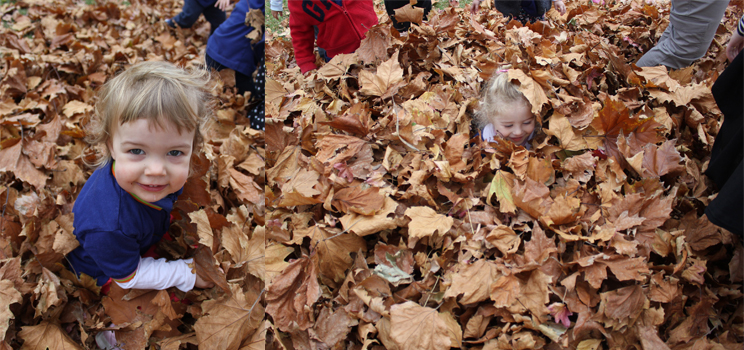
Have you booked your ticket yet?
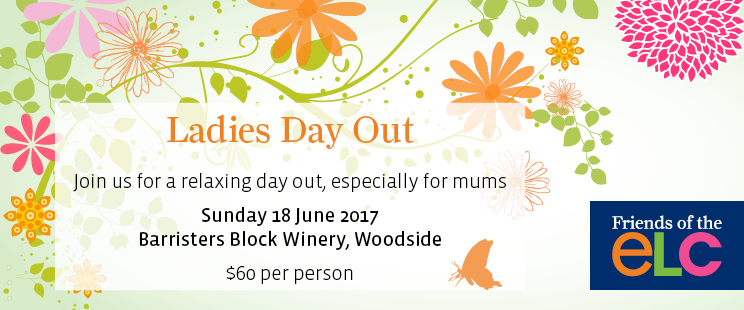
We are always excited to celebrate and embrace opportunities to bring our community together and our Ladies’ Day Out is one of these events.
Join us for a relaxing day out, especially for mums at Barristers Block Winery on Sunday 18 June 2017.
Tickets are $60 per person; this includes a glass of bubbles on arrival, platters and pizza for lunch, and a bus to and from the venue. Drinks can be purchased on the day.
Tickets can be purchased at http://www.trybooking.com/PILD
We hope to see you at this special event.
Important Term Dates
Monday 5 June: Mid- Year Reception Visits Commence
Sunday 18 June: Ladies’ Day Out
Monday 26 June: ELC Hat Ceremony, 12.15pm
Friday 30 June: Term 2 Concludes
Monday 3 – 24 July: ELC Vacation Care
Tuesday 25 July: Term 3 Commences
Letter from Miss Qian
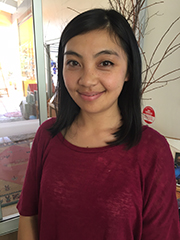 尊敬的家长:
尊敬的家长:
转眼已是第二学期的第四周,上周的母亲节下午茶活动非常成功,有美食有游戏,更重要的是大家都结识了新的朋友,并在elc 度过了非常放松的一个下午!感谢所有出席活动的妈妈以及祖母,由于时间不便未能参加活动的妈妈们,希望在下一次的社区活动里能见到你们!我们将在六月组织一次女性外出日,相信大家已经陆续收到邀请函,还没有收到邀请函的家长请联系您孩子所在班级的老师领取。
最后,天气变凉,大家注意保暖,祝大家安康!
Mothers’ Day in the ELC – celebrating our community
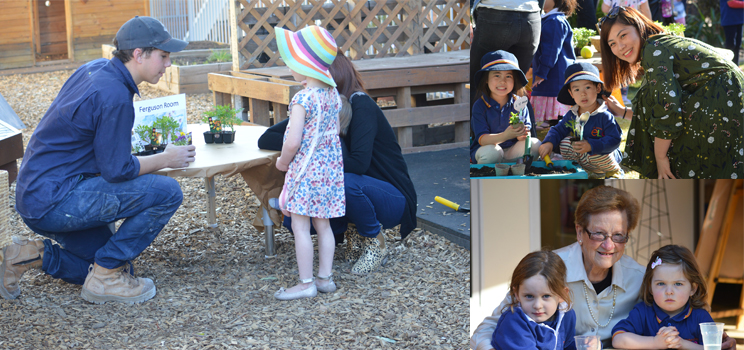
On Friday 13 May, the ELC celebrated our beautiful mothers, grandmothers, aunts and special friends at our annual Mothers’ Day Afternoon Tea. This celebration offers our community an invitation not only to attend a lovely event but also to become involved in learning at the ELC. Our children and their special visitors planted a seedling together and were offered invitations to share other opportunities, for example making bracelets and cards. There were smiles on everyone’s faces as the sun shone for us during this special event and we enjoyed a delicious afternoon tea together!
Have you seen your child’s page on the new Parent Portal?
St Peter’s Girls’ School recently launched myLink, the new Parent Portal, giving you a special window into life at the ELC. There’s a host of great features and vital information including notices, inquiry overviews, investigations that are happening in the room, documents and much more. You can also view your child’s ePortfolios via the portal.
Explore this valuable new tool today!
https://mylink.stpetersgirls.sa.edu.au
You should have already been supplied with username and password instructions but if you have any difficulties, contact our IT Helpdesk on helpdesk@stpetersgirls.sa.edu.au or 8334 2227. User guide videos are available on the Welcome page, including this one specifically for ELC parents:
News from the Stonyfell Room
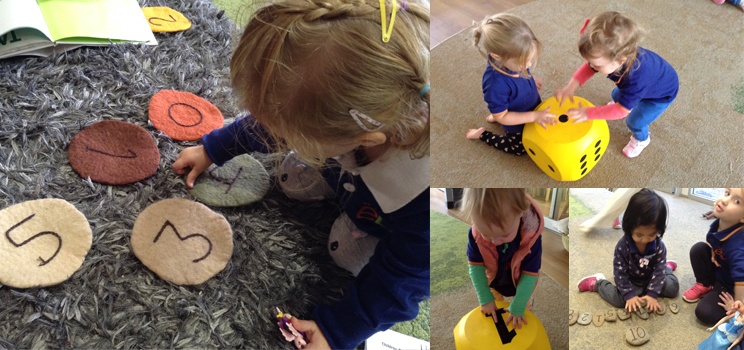
We are often asked by our families how we integrate specific curriculum areas into our everyday practice and what this looks like for our children. The educators work hard to plan and integrate these areas into our inquiry. As part of being an innovative and dynamic ELC we often reflect on our practice. We place great importance on developing a high quality practice that values and makes visible our children’s thinking and learning.
One area we place a strong emphasis on is Numeracy. We utilise the essential skills to build mathematical understandings into our everyday experiences. This helps children develop confidence and problem solving in their work with number.
In the Stonyfell Room we have been exploring number over the past term and have continued this exploration as we have entered Term 2. We observed such rich engagement and curiosity in this area from our children in Term 1 and we are wanting to foster and deepen this understanding as we progress into Term 2.
Our focus in the first term was exploring how we can use number in our play. This term we have developed specific targeted small group experiences allowing our children to explore number by using mathematical equipment. One of these experiences has been using large dice and encouraging the children to roll the dice then identify the number and be able to then represent that amount using a range of materials. This experience is allowing the children to support each other and build on their understandings in a group environment. It also caters for differentiation within our group of learners.
To support this learning we include number in many of our daily experiences and encourage our children to continue to use number in play. Some examples of this is are when we count the children in our morning welcome, to counting the stairs in the nappy change area. Your child’s involvement in our numeracy explorations will be made visible via our ePortfolios in the next couple of weeks so watch this space! We invite you to share some home experiences that support our learning in the area of numeracy.
Laura Reiters
News from the Bell Yett Room
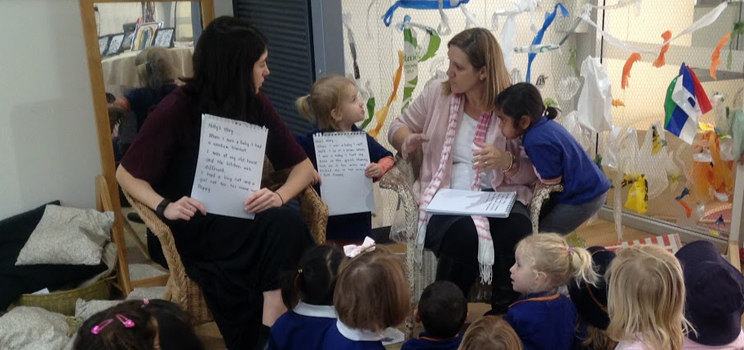
In our last newsletter we shared with you the enthusiasm the children had for sharing their stories of themselves as babies and their desire to record these stories in a book. The children then had a dilemma as some of them were keen to take their stories home. We presented this provocation to the group and following are some excerpts of the discussions we have had around this.
“I want to take my story home to share with my mum.”
“I want to take it home to share with my mum and my sister.”
“I want to show my mum and my dad and my sister.”
“If you take it home you might lose it.”
“If you take it home you won’t be able to read it with your teachers and your friends.”
“I can take it home.”
“You can’t.”
“We can show our mums and dads when they come and pick us up.”
“My sister doesn’t come to pick me up.”
This rich dialogue between the children has continued over the week. It has been interesting listening to the children’s strong opinions and observe them as they take on what others have said, consider this, and sometimes then change their minds. This opportunity to discuss a problem that is meaningful to the children is supporting them in developing the confidence to share their ideas with others, and the ability to listen to and value the ideas of others. Both of these are very important communication skills that we are focussing on this term.
After many conversations the children came up with an idea…
“We need two books. A book for home and a book for ELC.”
We are now inviting the children to create their own special books of their stories that they can take home. This is supporting our inquiry as the children begin developing the understanding that identity changes over time.
Leanne Williams and Nell Tierney
News from the Ferguson Room
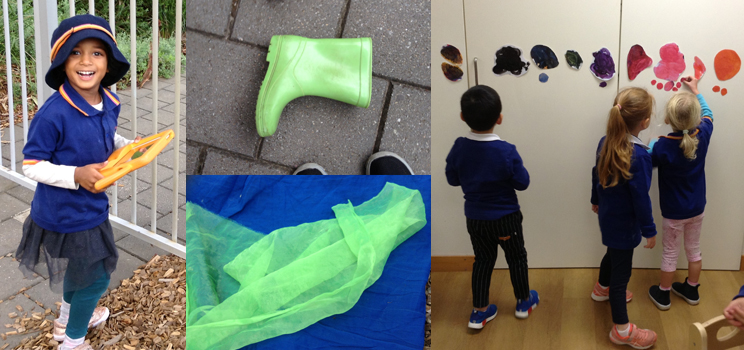
Do you believe it is possible for children to learn key concepts in the area of Numeracy through play? Perhaps this was uppermost in the thoughts of Albert Einstein when he said, “Play is the highest form of research”. In the Ferguson Room we believe that in conjunction with careful planning and setting clear goals for learning outcomes, adding an element of play into the mix can encourage children to fully engage with complex conceptual thinking.
Throughout the year so far, our Numeracy groups have been engaged in a process of building an understanding of sorting, classifying and data collection. There have been many opportunities for children to practice this in both formal and informal ways. For example, in Term 1, the children gravitated to a table of loose parts where there was an unspoken invitation for them to sort, classify and create with different objects of interest. We also gathered more formally into small groups that were invited to sort pictures of classmates into different categories. The children enjoyed this activity because they and their peers were at the centre of it. Simultaneously, they were learning more about each other. The children were then asked to record the different eye colours in our room on a bar graph. My goal for the children was for them to develop familiarity with these mathematical concepts and, at the same time, support our inquiry into identity.
Before gathering information about the favourite colours of the children in the Ferguson Room, I sought the assistance of our Art Educator, Caterina Pennestri. Caterina started by teaching the children about the science of mixing colour to create new ones. The children were excited and delighted by this process and were playing with different combinations, conversing with their peers about their discoveries. Their paintings were used to make a colour chart for the class to record their favourite colours. To add another layer to this experience we invited the children to take an iPad out into the ELC to find and photograph examples of their favourite colour. At first the children were saying that they could not find the colours, but soon their eyes became accustomed to sorting and selecting their choice of colour. Then they were literally running from one thing to another, excitedly taking photographs. As Dorothy told me with a mixture of both pride and joy, “I think I ‘m really getting the hang of this!”. In photographing the colours, the children were practising their sorting skills, using technology actively (rather than passively) and expressing themselves in many languages – creatively, artistically, individually and mathematically. The smiles, the laughter, the excitement and the persistence were evidence of the children both playing and learning.
The word “data” sounds so very dry. Yet the data the children have collected, now displayed in our room, is vibrant and beautiful. Please come in and have a look, ask questions and share your feedback with us.
Mel Angel
News from the Hallett Room
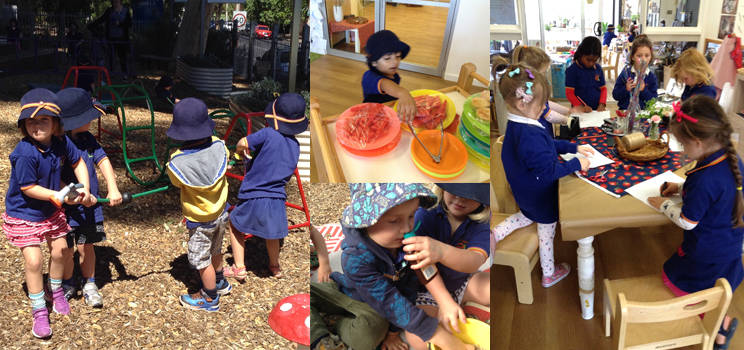
One of the most exciting things for us as educators is seeing the children grow and develop. As the children are learning through our inquiry, we are discovering more about them and the best way to differentiate our investigations to enhance participation. The educators have established that a child’s agency plays a crucial role in how they feel in their world. The National Quality Standards state that, “As children grow and develop they become more able to do things for themselves, to express themselves and to explore their world independently” (NQS PLP e-Newsletter No.64 2013). In the Hallett Room, we foster the children’s agency as we encourage them to make choices and decisions that can influence and have an impact on them. As the children develop their sense of agency, they recognise their abilities and that they have the capacity to make their own decisions and have control of their lives.
The Hallett educators have placed focus on the following areas to promote children’s sense of agency at the ELC. We envisage they are transferring these understandings to other contexts in their lives:
– Recognising that they have choice throughout the day
– Having the time to negotiate, compromise and make decisions
– Being listened to
– Understanding that there are responsibilities that come with being a member of a group
When the children are involved in making choices and decisions, the educators often remind our friends about our Essential Agreement that we developed as a group at the beginning of the year – an agreement that we developed setting the tone for collaboration and team work.
Below is an example of a child’s choice and decision-making which occurs regularly in the Hallett Room as the children negotiate places and spaces to play outdoors.
“Mrs Reid, I’ve finished my lunch, can I go outside now?” Child
“There aren’t any teachers there at the moment, when more friends finish we can go outside together.” Teacher
“How about if I play close where you can see me?” Child
“That’s a great idea…will you stay there until I come out?” Teacher
“Yes, I won’t move from that place.” Child
Involving children in a discussion about their choices and decisions enables them to have a voice and be listened to. They demonstrate their confidence in the learning environment and feel empowered that they have a say in something that effects their lives. The children still have clear boundaries and understand what their role and responsibilities are within the ELC community.
We would like to create a visual wall documenting examples of the children displaying their sense of agency that we see in our every day at the ELC. We would really like to include in this documentation examples that you might see at home. This might include photographs, handwritten notes or an email of when your child is demonstrating or has demonstrated their agency. If you would prefer talking to an educator about this further, we welcome this opportunity and all educators in the Hallett Room are available to document this for our display.
Pam Reid

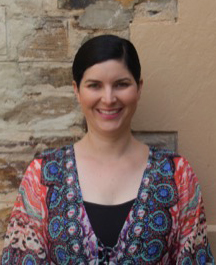 Dear Families,
Dear Families,